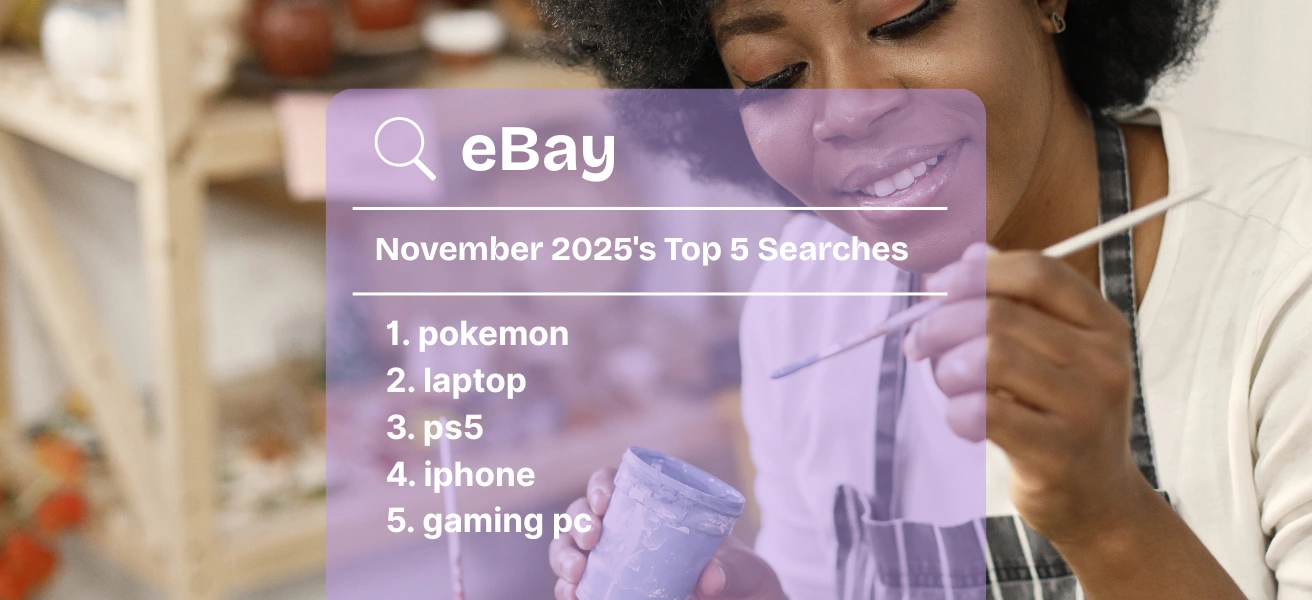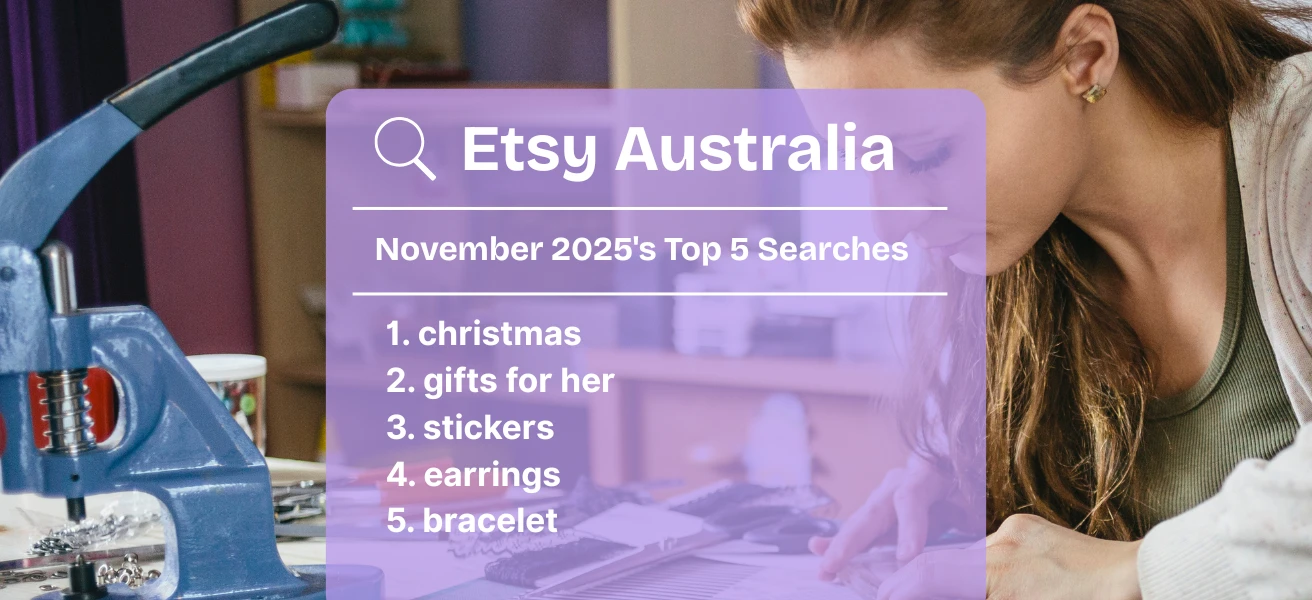Long-tail keywords are descriptive phrases that shoppers use when searching for a product to buy. Typically, they consist of several words that “niche down” a search. these words may denote a particular style, material, size, purpose, event, or recipient.
At the start of their search, it is common for shoppers to begin with a broad keyword like “ring” or “gift.” Then, as the person gets a clearer picture of what they want, the keywords they use will become more specific.
| Example Keyword | Type | Buyer Intent | Search Volume | Conversion Rate |
| ring | broad keyword | Just browsing. Has only a vague idea of what they might want to buy. | High | Low |
| silver ring | middle keyword | Has formed a general idea of what they want now and is a bit more focused. | Medium | Medium |
| 925 sterling silver engagement ring | long-tail keyword | Knows specifically what they want. Uses search terms that narrow down results. | Low | High |
While long-tail keywords tend to be searched less often, they generally have a higher conversion rate (in other words, they are more likely to result in a purchase).
Another advantage? Long-tail keywords are made up of broad keywords! Therefore, your listing is shown to the large pool of people still browsing, and also to the smaller group who know what they want and are looking to buy.

So, don’t underestimate the value of long-tail keywords! Make sure to include some in your titles and tags. Any keywords that are too long to fit into one tag can be split into two tags. They will work just as well!








